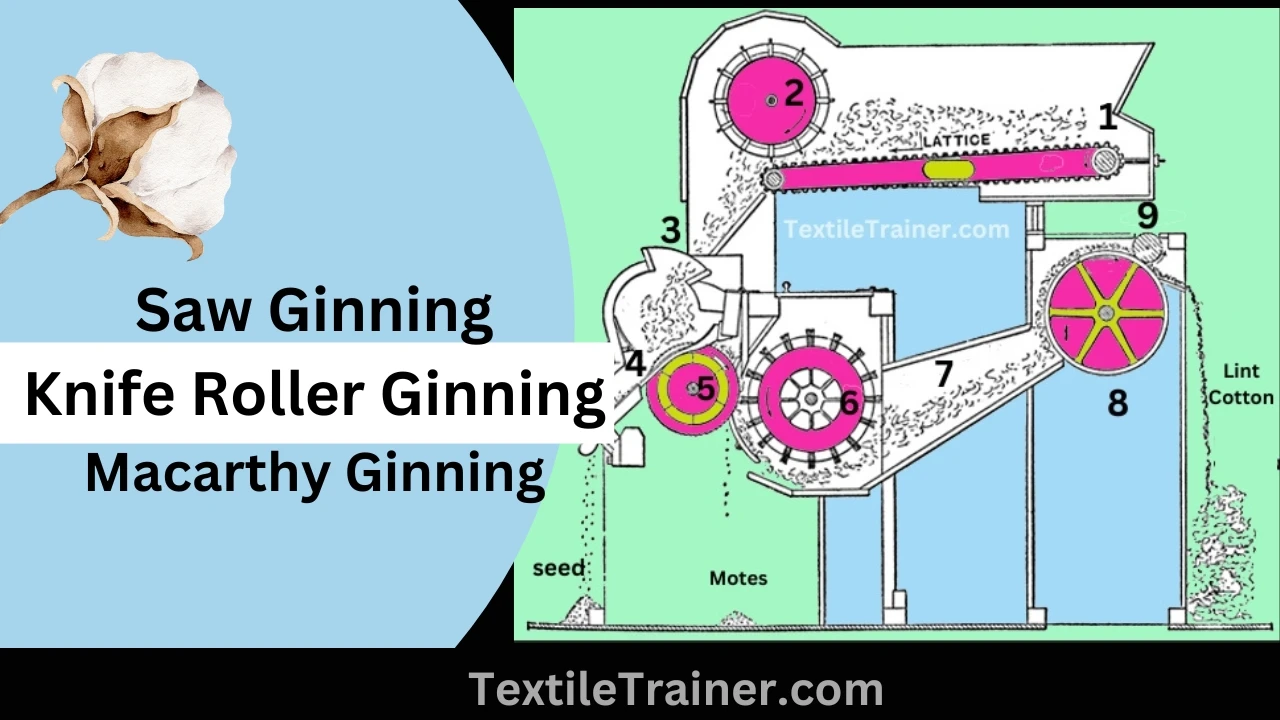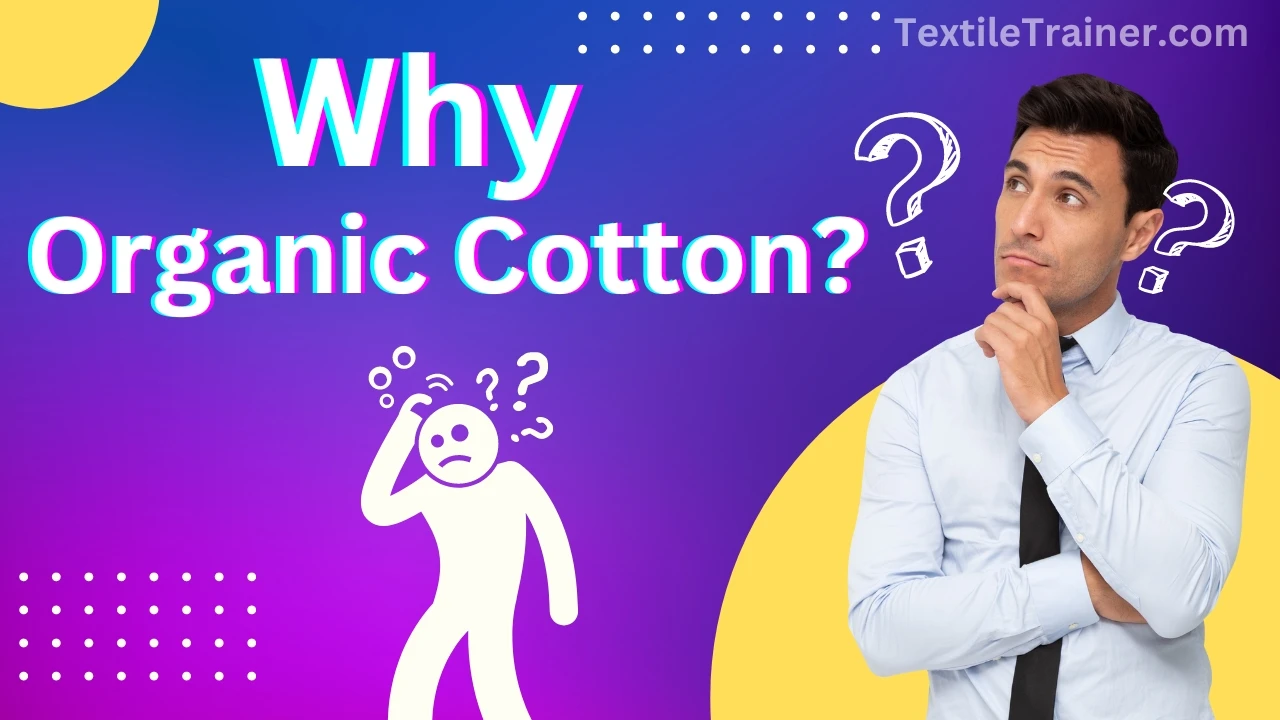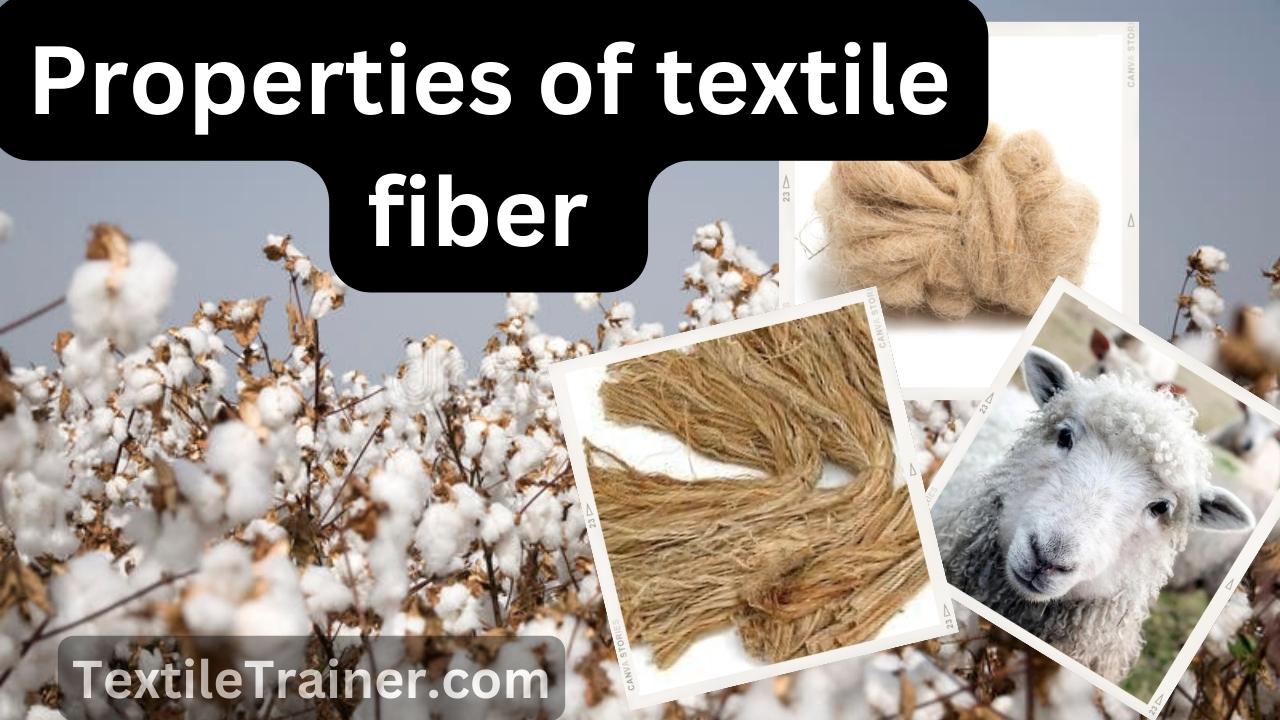Latest Carbonizing Process of Wool and Top 8 End Uses of Wool
What is Carbonizing Process of Wool?
A chemical process called carbonizing is used to remove vegetable materials (VM) from wool. Vegetable materials, which may include seeds, twigs, burrs, grass, etc., is primarily composed of cellulose, hemicellulose, and lignin, while wool is primarily composed of proteins. By using the difference in stability between proteins and cellulose to the effects of mineral acids, the carbonizing process can be used. Molecular structure of cellulose is C6H10O5. Based on the formula, it is evident that hydrogen and oxygen are present in the same ratio as in water. So, it is reasonable to assume that all VM are composed of carbon and water in certain proportions when considering the underlying principle of carbonizing.
Flow Chart of Carbonizing Process of Wool

- At first raw wool fiber is scoured. In scouring process, the raw wool is treated with non-ionic detergent. Then rinsing the raw wool.
- Then acidification of scoured wool. Generally, sulphuric acid is used for this process. Now the scoured wool is immersed in a long bowl that containing 5-7% sulphuric acid and 1-2 gm/L detergent. Temperature of bowl is maintained 20-300 C.
- Now wool fiber is dried at 60-800 C.
- Then baking at 95-1200C to carbonize the vegetable materials.
- Now , wool fiber is pass through crushing rollers to crush the vegetable materials.
- After crushing, wool fibers are convey to a rotating shaker/de-duster to remove the crushed vegetable dust.
- Now, wool fiber is immersed in dilute alkaline liquid to neutralize remaining acid.
- Finally, drying the wool fiber.
End Uses of Wool
Wool is extensively used in textile applications where comfort and aesthetics are important. Wool fiber is widely used in men’s and women’s clothing as well as outerwear, cold weather clothing, suits, blankets, felts and carpets etc. sometimes wool fiber is blended with other natural or synthetic fiber. wool fiber is blended to other fiber to improve some special properties. alpaca fibers are used to make rug and toys.
Alpaca fibers can also be used to make clothes such as hats, mitts, scarves, gloves, gloves, and jumpers. There are a lot of uses for alpaca fleece, but Lama fibers are generally used for knitted fabrics, jackets, overcoats, and blankets that is expensive. Camel hair are used for outerwear and under linings in luxury applications where a soft, warm, fine fiber with a beautiful drape is desired. Cashmere is used in luxury applications where a soft, warm, fine fiber with a beautiful drape is required. Another wool fiber is Mohair. Mohair is used for outerwear. However, In this article, I will present some common end uses of wool fiber.
Wool Fiber Identification
Wool fiber can be identify in three ways. they are:
- Physical test: During the burning process, the flame is steady, but it is more difficult to keep the flame going. The smell of burning wool is similar to the smell that comes from burning hair. Wool is a protein fiber.
- Distinguishing wool from silk: In the presence of concentrated cold hydrochloric acid and sodium hydro-oxide solution, the silk fiber will be dissolved, however, the wool fiber will swell.
- Chemical test: It is known that wool fiber dissolves in two different ways: it dissolves in concentrated sodium hydro-oxide and sodium hypo-chloride, and it slowly dissolves in 70% nitric acid at room temperature.
You May Read:
- History of wool with geographical distribution.
- Classification of wool fiber.
- Morphology of wool fiber.
- Woolen Vs Worsted Fabric.
- Wool Manufacturing Process.
- Physical Properties of Wool
Reference:
- Cook, J. G. (2005). Handbook of Textile Fibers. Delhi: WoodHead Publishing Limited.
- Corbman, B. P. (1987). Textile Fiber to Fabric. Singapore: McGraw Hill Book Co.
- Gandhi, K. (2012). Woven Textiles. New Delhi: Wood Publication Limited.
- Kaplan, N. (2006). Textile Fibres. New Delhi: Abhishek Publications.
- Nakamura, A. (2005). Fiber Science and Technology. Delhi: Allied Books and Publishing Co. Pvt. Ltd.
- https://www.scribd.com/document/492839487/Wool-fibre



